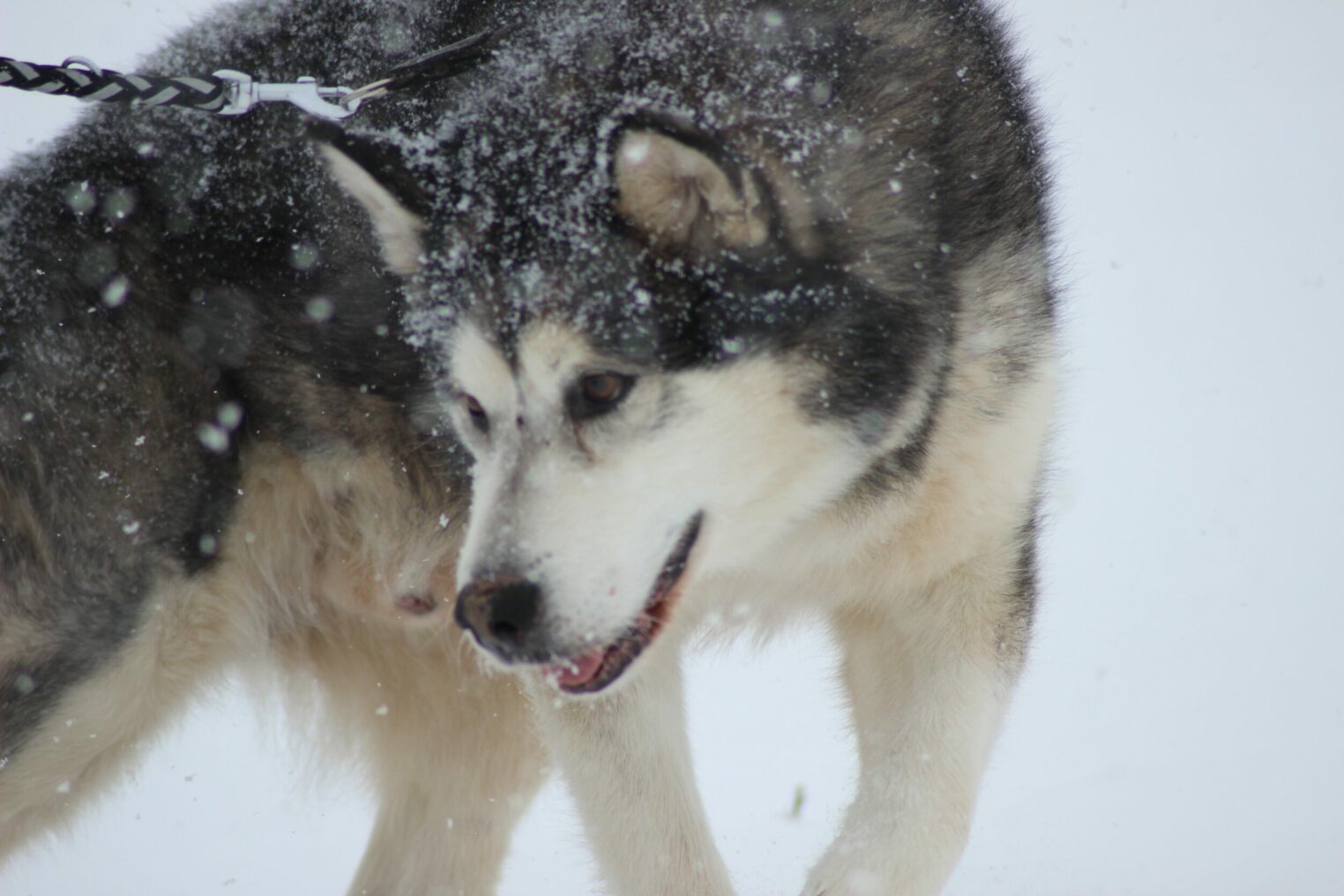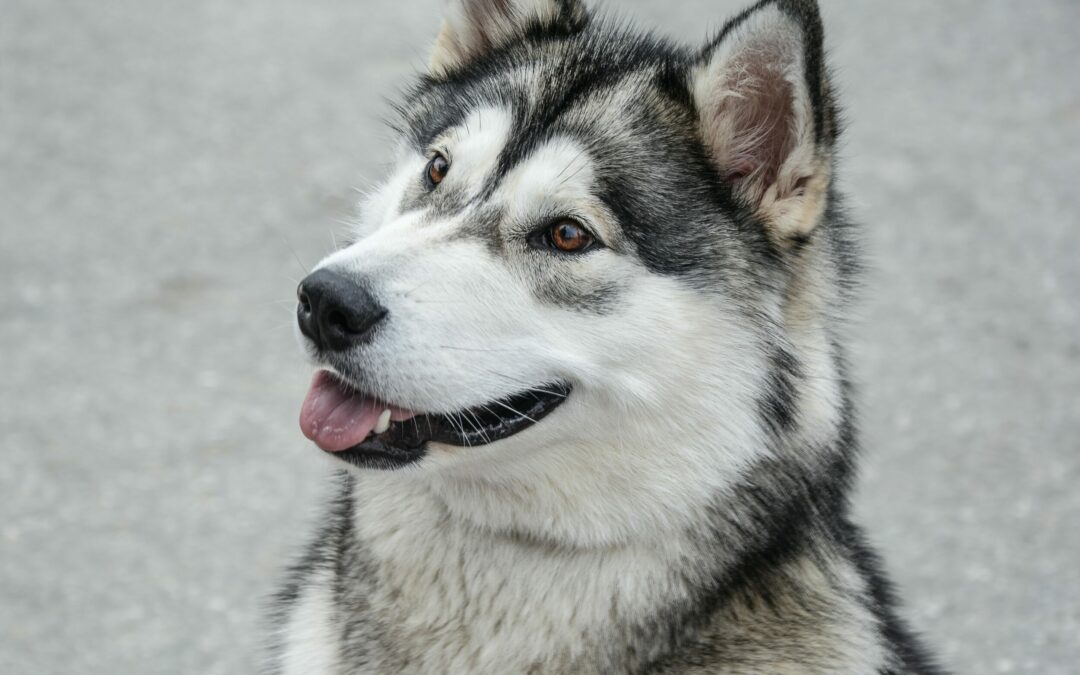Characteristics of Alaskan Malamute
- Size of Alaskan Malamute → Large
- Weight → between 34 and 41 kg
- Height → between 59 and 63 cm
- Life expectancy → 10 to 12 years
- FCI Classification → Group 5, section 1.
Origin
Kotzebue region, Alaska. They were raised by an Eskimo tribe, the Inuit, to be sled dogs and aid in hunting and transporting heavy loads. They are one of the oldest dog breeds in North America and have been used by natives for thousands of years.
They were brought to the United States in the 1890s and their popularity increased rapidly. The breed was used in the polar expeditions of the time.
Today, the Alaskan Malamute is a popular breed around the world, and although they have been bred as pets, it is important to remember that they are working dogs and need enough exercise and mental stimulation to stay happy and healthy.

Character
They have a friendly and affectionate character, which makes them excellent family companions. They are very intelligent and loyal, but they can also be stubborn and obstinate. They require a significant amount of exercise and may be suitable for active families. Their herding instincts can make them protectors of their family and their territory.
Health
It is a generally healthy breed, but it is prone to certain health problems such as hip dysplasia, eye diseases and skin problems.
Care
They need a significant amount of daily exercise and must have access to a safe outdoor space for playing and running. They also need a healthy, balanced diet, and fresh water available at all times. It is important to brush them regularly to keep their fur clean and knotless, and they should also receive regular dental care. Training and socialization from an early age are important for their emotional and behavioral development, and regular check-ups with a veterinarian can help prevent and treat any health problems.
Education
Adequate education includes early socialization and basic obedience training. It is important to use positive and reinforcing training techniques to encourage desirable behaviors. Positive reinforcement training can help build a stronger relationship between family and dog. It is also important to provide a significant amount of physical and mental exercise to avoid boredom and destructive behavior. Continuous training and socialization can help prevent behavioral problems and ensure a happy life for your dog.
Curiosities
In 1925, a group of Malamutes led by the dog Balto helped deliver vital medical supplies to the town of Nome, Alaska, during a diphtheria epidemic. This heroic act is known as the Serum Run to Nome and is an important part of Alaskan Malamute’s history.
